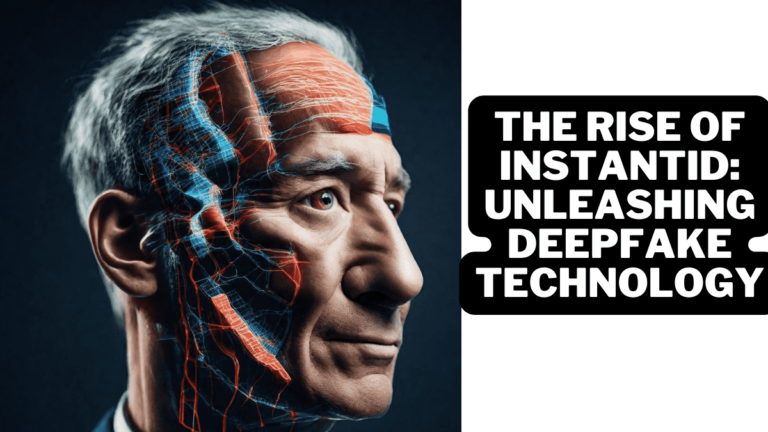Introduction NeuraLink’s Breakthrough
In a groundbreaking announcement on X, Elon Musk declared a significant achievement by Neuralink – the successful implantation of a wireless brain chip in a human. This bold move aims to connect human brains to computers, offering potential solutions to complex neurological conditions. Let’s delve into the details of this revolutionary development and its implications.
Table of Contents
Promising Progress and Cautionary Notes
Elon Musk reported “promising” brain activity and a successful recovery post-implantation. Professor Anne Vanhoestenberghe from King’s College London acknowledged this as a noteworthy milestone, emphasizing the significance for companies in the brain chip implant community. However, she wisely urged caution, emphasizing the need for long-term evaluation to determine true success.
Comparisons with Rival Advances
Neuralink enters a select group of companies venturing into human brain implantation. Notable among them is the École Polytechnique Fédérale in Lausanne, which achieved the remarkable feat of enabling a paralyzed individual to walk through electronic implants on the brain and spine. These advancements underscore the accelerating pace of innovation in the field.
Unverified Claims and the Need for Confirmation
Despite Elon Musk’s confident proclamation, independent verification of Neuralink’s claims is lacking. The absence of information on the procedure and the silence from NeuraLink’s Breakthrough and the FDA add an air of uncertainty. As we await official responses, the credibility of this achievement remains subject to scrutiny.
NeuraLink’s Breakthrough Controversial Testing History
Neuralink has faced criticism for its testing practices, including reports of animal deaths during experiments. The FDA’s approval for human testing in May 2023 raised eyebrows, considering the ongoing investigation into the company’s animal research. This controversy casts a shadow over Neuralink’s ethical considerations and regulatory compliance.
The Six-Year Study and Potential Benefits
The FDA-approved six-year study involves the use of a robot to place 64 flexible threads onto a specific brain area. These threads, thinner than a human hair, aim to record and transmit brain signals wirelessly. Neuralink envisions the technology aiding those with neurological disorders, showcasing the transformative power of neuroscience research in medical advances.
The Power of Telepathy – NeuraLink’s Breakthrough Vision
Elon Musk teased NeuraLink’s Breakthrough first product, “Telepathy,” which promises to enable control of devices through mere thoughts. Initial users, he stated, would be individuals who have lost limb functionality. The vision extends to empowering communication, with a nod to the late Stephen Hawking, who envisioned unprecedented speed in communication for those with motor neuron diseases.
Rivals and Future Prospects
While Musk’s involvement elevates Neuralink’s profile, competitors like Blackrock Neurotech and Precision Neuroscience have a longer history in brain-computer interfaces. Blackrock Neurotech implanted its first interface in 2004, and Precision Neuroscience offers a simpler procedure with surface brain implants. The competition in this transformative field promises diverse and innovative solutions.
Conclusion
In conclusion, Neuralink’s recent achievement marks a significant step towards merging human minds with technology. The Telepathy product, if realized, could redefine how we interact with devices. However, amidst the excitement, skepticism looms over unverified claims and ethical concerns. As we witness this technological revolution unfold, the true impact and ethical considerations of Neuralink’s breakthrough remain to be seen.
What controversies has Neuralink faced in its testing history?
Neuralink faced criticism for testing practices resulting in the deaths of approximately 1,500 animals. The FDA’s approval for human testing raised concerns, given the ongoing investigation into animal research violations.
What are the ethical considerations surrounding Neuralink’s recent achievement?
Ethical considerations include controversies over testing practices, the lack of independent verification, and the potential impact on privacy and control when merging human minds with technology.



















+ There are no comments
Add yours